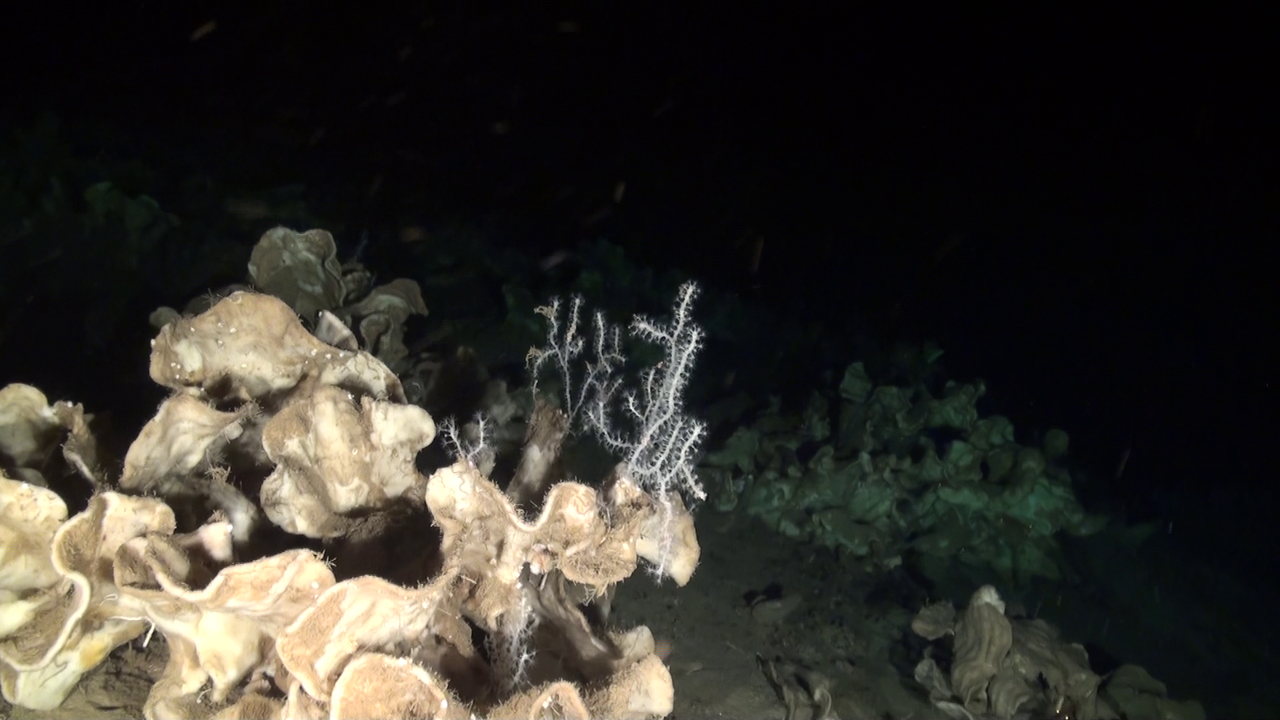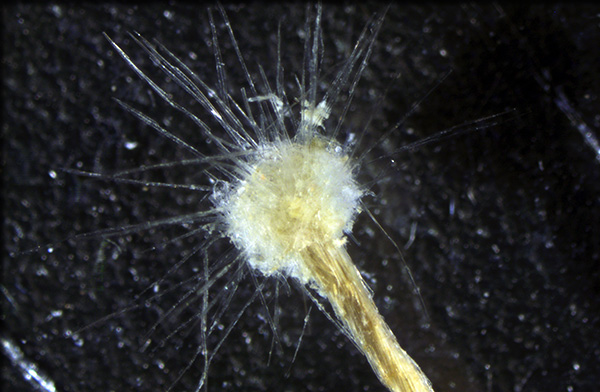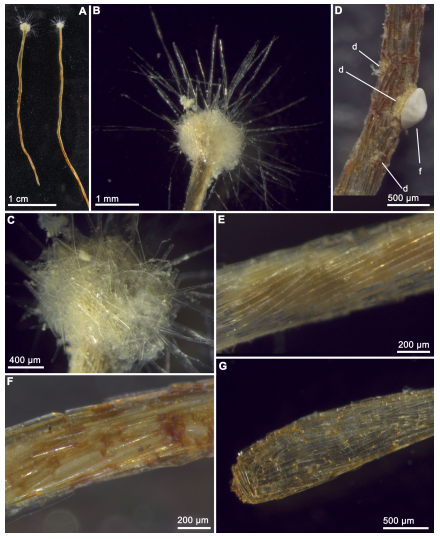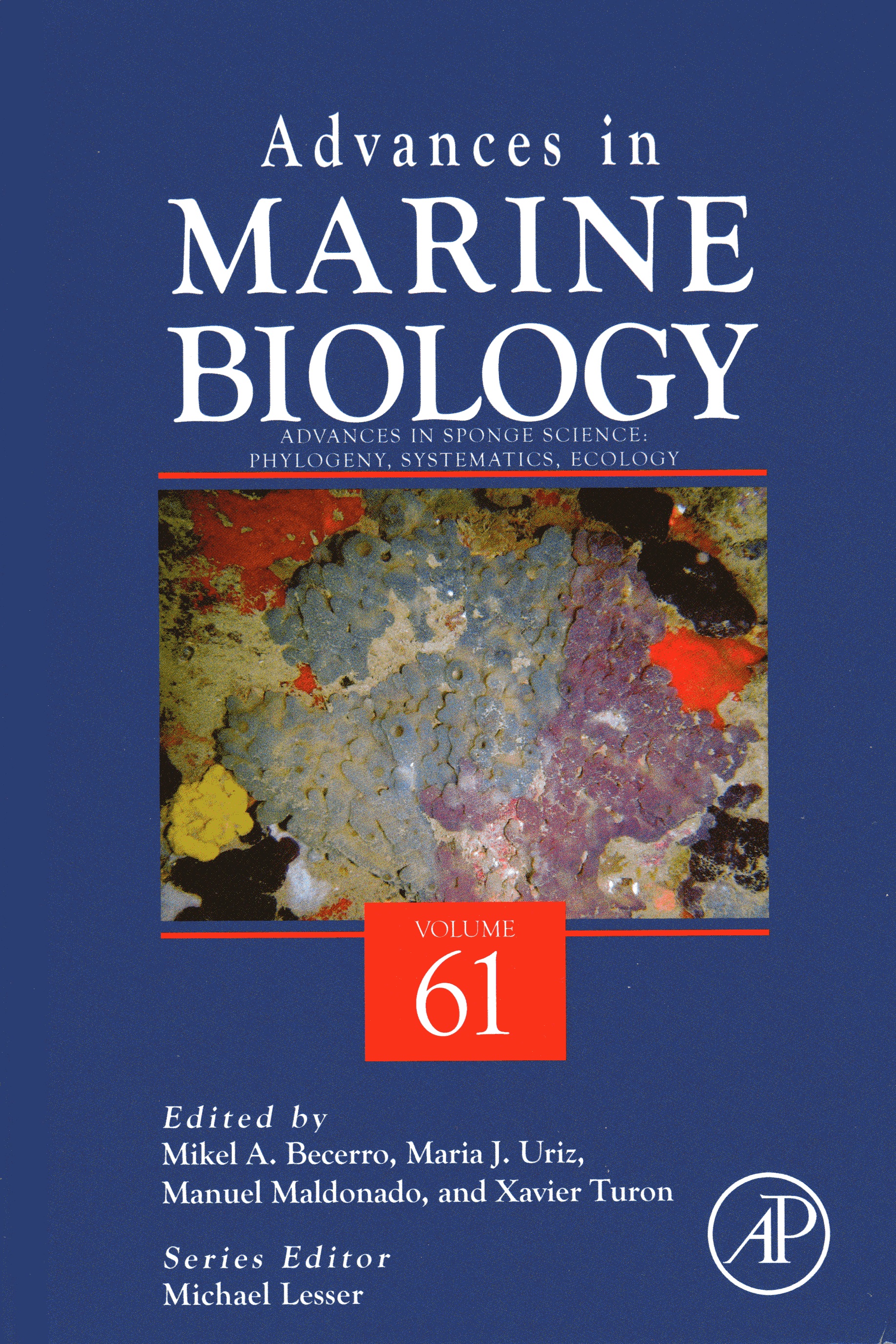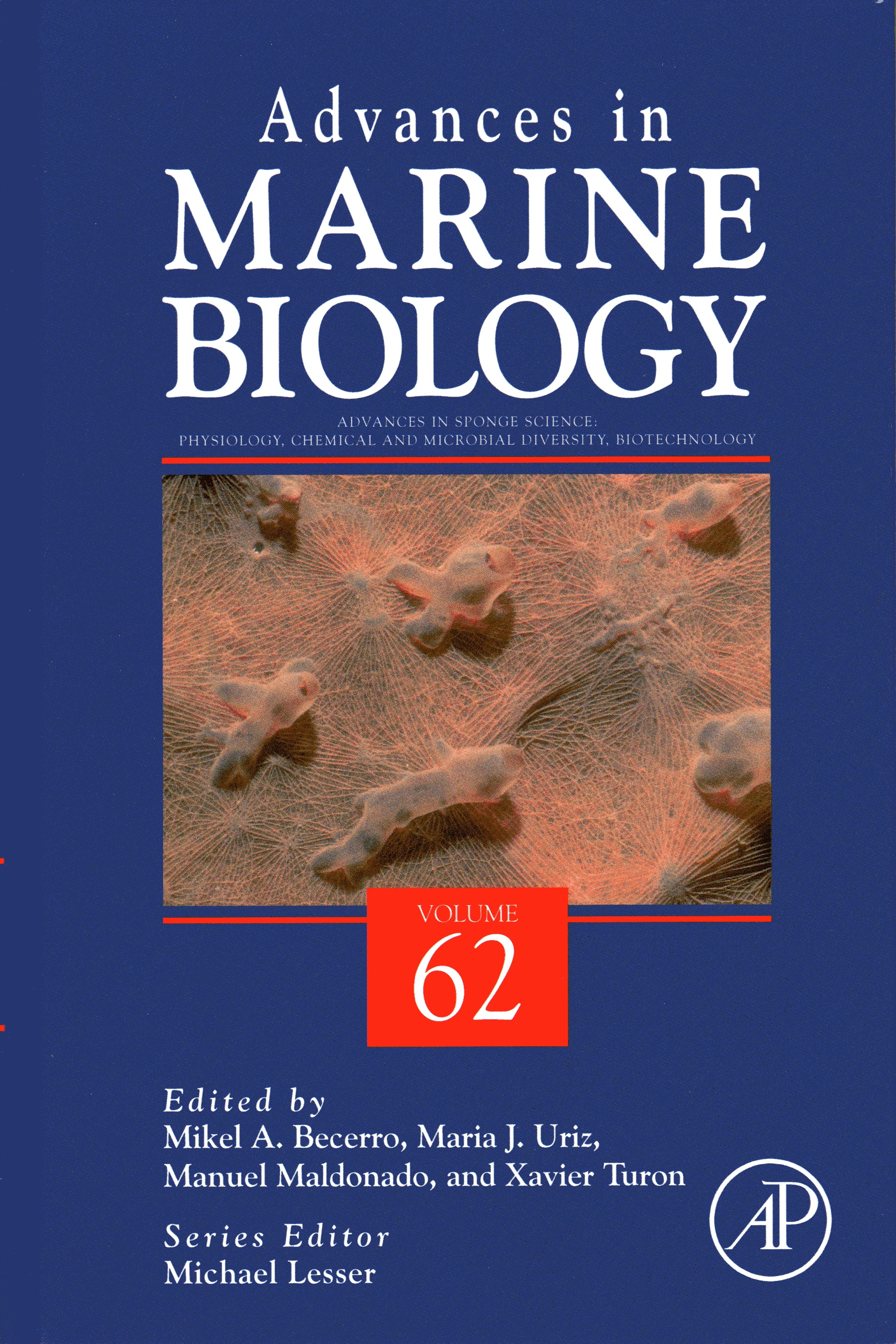Dr. Manuel Maldonado |
SPONGE ECOBIOLOGY and BIOTEhCNOLOGY GROUP
|  |
News & Views |
|
|
"Radio Interview to Dr. Maldonado – Cadena SER". |
|
The IBIS-2017 Conference "Silicon, Silica and their Isotopes: Biology, Biogeochemistry and Biotechnology" It will be held at the Center for Advanced Studies of Blanes (CEAB-CSIC) in Blanes, Girona, Spain, from June 12 to 16, 2017. The IBIS-2017 Conference "Silicon, Silica and their Isotopes: Biology, Biogeochemistry and Biotechnology" aims to share and discuss recent advances and discoveries in: 1) Biological and molecular processes involved in the production of biogenic silica. 2) Ecological and biogeochemical mechanisms behind silica fluxes and stocks in continental and marine ecosystems, including paleo-ecosystems. 3) Stable and radioactive isotopes for tracing and quantifying production, accumulation and recycling pathways of silicon and silica in both modern and ancestral environments of continental and marine systems. 4) Biotechnology of biosilicas and their isotopes. Visit WEB |
|
A “Jurassic Park of sponges” in the Mediterranean Sea A silica reef built by “rock” sponges, similar to those that existed 150 million years ago, has been uncovered between Valencia and the Balearic Islands and is threatened by plans to prospect for hydrocarbons in the area The scientific journal “PLOS ONE” has published the discovery, which involved the collaboration of the CSIC, the IEO and Oceana News links: You can find the article in our section "Scientific Publications": Maldonado, M., Aguilar, R., Blanco, J., García, S., Serrano, A., Punzón, A. (2015) Aggregated clumps of lithistid sponges:a singular, reef-like bathyal habitat with important paleontological connections.PLOS ONE 10(5): e0125378 (doi:10.1371/journal.pone.0125378)
|
|
The giant protozoan Spiculosiphon oceana (Maldonado, M., López-Acosta, M.; Sitjà, C., Aguilar, R., García, S., Vacelet, J.(2013)) has been nominated one of the "Top 10 New Species 2014" State University of New York College of Environmental Science and Forestry (SUNY-ESF) News links:
|
|
A giant foraminifer that looks like a carnivorous sponge is discovered in a Mediterranean submarine mountain. Oceana and the Centro de Estudios Avanzados de Blanes (CEAB-CSIC) have discovered a new species: a unicellular organism of exceptional size (4-5 cm high), belonging to the phylum foraminifera, which imitates carnivorous sponges in its appearance and way of capturing food. The species was discovered 30 miles off the southeast coast of Spain, on the Seco de Palos seamount. The discovery of the new species, called Spiculosiphon oceana, in honour of the organisation that collected the samples, was published in the scientific journal Zootaxa, in collaboration with an author from the Centre d’Océanologie de Marseille News links: You can find the article in our section "Scientific Publications". Maldonado, M., López-Acosta, M.; Sitjà, C., Aguilar, R., García, S., Vacelet, J. (2013) A giant foraminifer that converges to the feeding strategy of carnivorous sponges: Spiculosiphon oceana sp. nov. (Foraminifera, Astrorhizida) Zootaxa, 3669(4):571-584.
|
9th World Sponge Conference
The ongoing discovery of new and highly diverse sponges in Western Australia, combined with recent advances in molecular technologies,sets the stage for the conference theme of ‘New Frontiers in Sponge Science' at the Ninth World Sponge Conference in Fremantle, Western Australia from 4 – 8th November 2013.
|
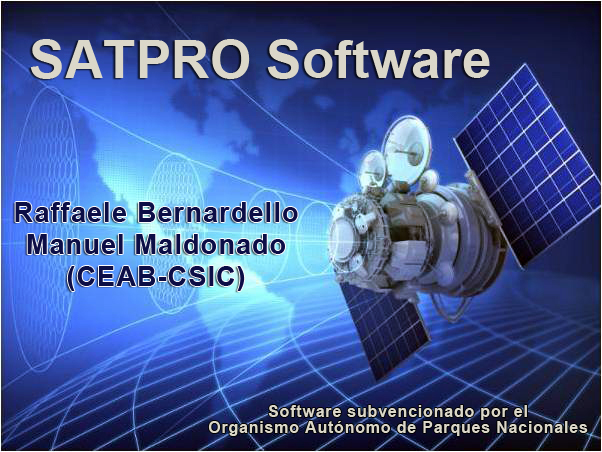 |
SATPRO Software. Dr. R. Bernardello and Dr.M. Maldonado have developed a free software aimed to process data on sea surface temperature (SST) and chlorophyl a (CHLa)from the MODIS-Aqua satellite of NASA. The software uses satellite reads of maximum resolution (1 x1 km), filters them following quality requirements, and downloads numerical values to Excel, Mathlab, and other easily usable worksheets. Additionally, full color images from selected areas can be downloaded and assembled as JPG and AVIS videos to visually monitor changes in SST and CHLa over time. This software has been developed at the CEAB-CSIC with funding support from a Research Contract of the Spanish Network of National Parks (OAPN) awarded to M.M. OAPN showed high interest in developing a tool for their technicians easily monitor processes of temperature and productivity changes in the Spanish network of marine protected areas and parks. Nevertheless, the developed software can be used to obtain records from every marine area or isolated spot on the world ocean. The software only runs on Windows, with versions for 32 and 64 bytes. Requests for software, installation instructions and user guidelines should be address to either Dr. Maldonado (maldonado@ceab.csic.es) or Dr. Bernardello (braf@sas.upenn.edu). |
|
|
Becerro, M.A., Uriz, M.J, Maldonado, M., Turon, X. (Eds.). 2012. Advances in Sponge Science: Phylogeny, Systematics, Ecology.Elsevier/ Academic Press, Amsterdam, 432 pp.ISBN: 978-0-12-387787-1 Becerro, M.A., Uriz, M.J, Maldonado, M., Turon, X. (Eds.). 2012. Advances in Sponge Science: Physiology, Chemical and Microbial Diversity, Biotechnology. Vol. 62. Elsevier/ Academic Press, Amsterdam, 355 pp. ISBN: 978-0-12-394283-8 One of the general outputs of the VIII World Sponge Conference held in Girona (Spain) in September 2010 was the realization that the amount of information available on most aspects of sponge biology had increased exponentially in recent years. As that new information was scattered over an enormous volume of papers published in journals of very different disciplines, the organizers of the Conference agreed to conduct a thorough compilation and comprehensive reviews to edit through the Advances in Marine Biology book series two monographic volumes conveying the latest advances in sponge science. They provide a comprehensive, updated overview of virtually all aspects of the biology of the phylum Porifera. One of the volumes (vol 61) is covering the topics of phylogeny, systematics, and ecology, and the other (vol 62) is dealing with physiology, chemical and microbial diversity, and biotechnology. These volumes are addressed to both sponge specialists and nonspecialists. They intended to make the forefront of sponge research easily accessible to the nonspecialist, illustrating the state of the art of the field, and presenting current controversial issues. For the specialist, we wanted this monograph to be a handy, valuable update on the most recent advances in sponge science.
|
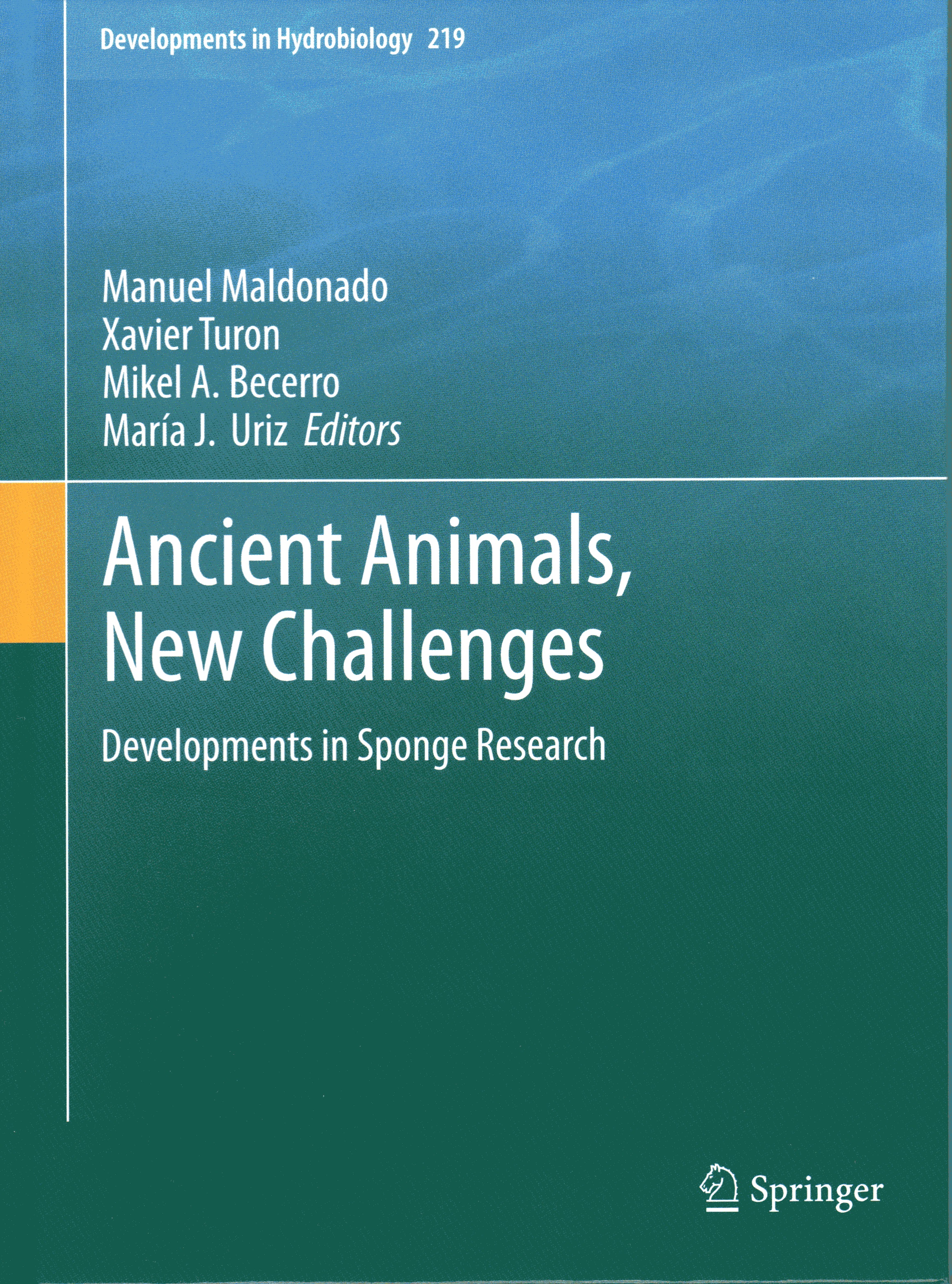
|
Maldonado, M., Turon, X., Becerro, M.A., Uriz, M.J., (Eds.).2012. Ancient Animals, New Challenges. Springer, Dordretch, 351 pp. ISBN: 978-94-007-4687-9 The organizing team of the VIII World Sponge Conferece held in Girona (september 2010) has edited through Springer a selection of contributions presented at the Conference. They span a wide range of subjects, from morphological sponge taxonomy, to molecular phylogenetics, from experimental ecology to cytological and molecular approaches, also including biotechnological views. Altogether, this book provides an excellent, updated view of the latest trends in sponge research. |
 |
Media interest on research conducted by the Sponge Ecobiology and Biotechnology Group
|

